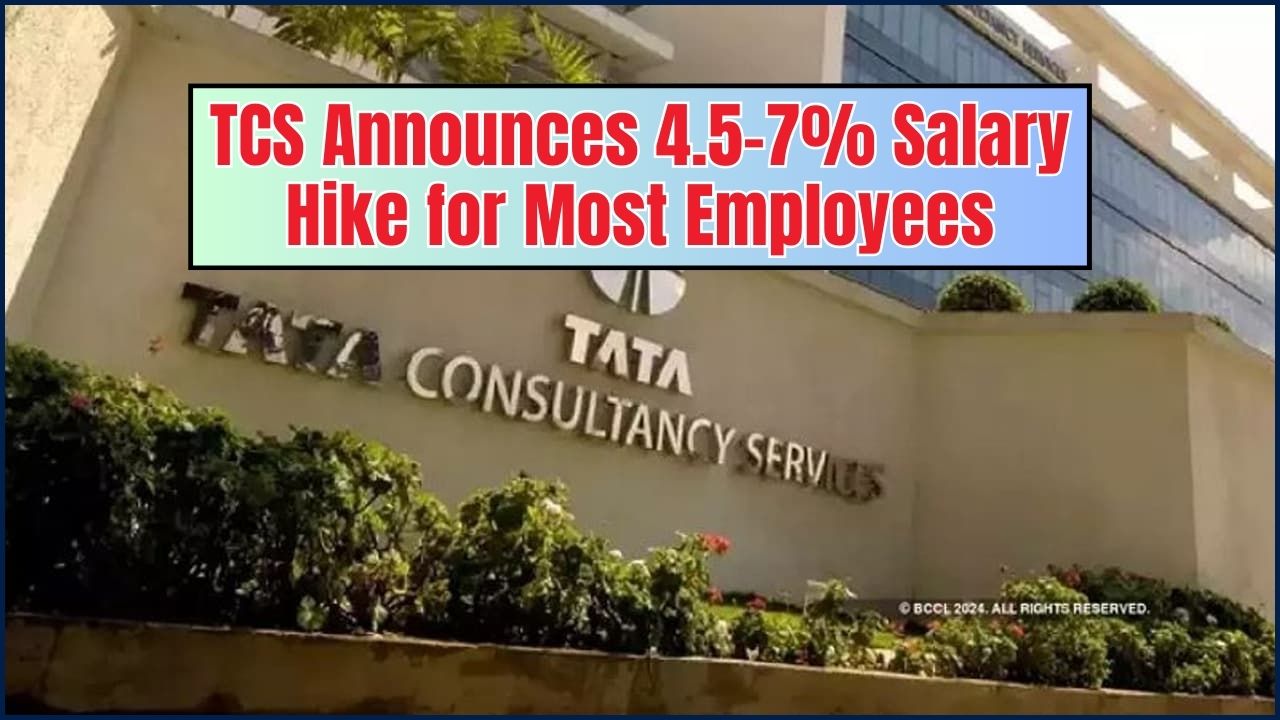
Consumers often wonder if buying an air conditioner during the winter months truly saves money. Evidence suggests that the Buying an AC in Winter Actually Cheaper may indeed cost less when purchased in winter, though installation expenses and seasonal demand create a more complex picture.
Seasonal Pricing Trends
Several studies and industry reports show that air conditioners are most heavily discounted between November and February, when demand falls significantly. According to a 2024 analysis by Improved Comfort HVAC, winter buyers can save between 15 and 20 percent compared with peak summer prices. Retailers often discount older models to make space for new stock.
Similarly, smart appliance platform Sensibo found that discounts can reach 30 to 40 percent during December sales, driven by manufacturers clearing inventory. Industry experts note that off-season sales benefit consumers by combining reduced unit prices with wider product availability.
Installation Costs in Winter
While unit prices may fall, installation costs show a mixed pattern. In colder regions, technicians are busier with heating system repairs and replacements, which may limit availability for air conditioning installation. A survey by HVACRepairspring.com found that some contractors charge higher rates in winter to offset seasonal fluctuations in business.
By contrast, in markets with milder climates such as southern India, installation rates often remain steady year-round, making winter purchases more economical overall. Dr. Ankit Rao, an energy systems analyst at the Indian Institute of Technology (IIT) Delhi, said:
“Consumers should calculate both the unit price and labour costs. A discount on the unit may be offset by higher installation charges.”
Alternative Buying Windows
Experts also recommend spring and autumn as alternative buying seasons. Angi.com suggests that March to April and September to October are periods when installation costs are lower and moderate discounts are available.
A report by Eneco Inc. noted that labour shortages are rare during these shoulder seasons, which allows for faster service and competitive pricing. In India, where summers can begin early in many states, buying in February or March allows homeowners to prepare before demand surges in April.
Advantages Beyond Price
Beyond immediate cost savings, off-season purchases provide additional advantages. With fewer buyers in the market, retailers typically have more models in stock, including energy-efficient units that may sell out during peak months.
Buyers also gain flexibility in scheduling installation. Rajesh Mehta, a senior technician in Bengaluru, explained:
“During summer, we receive more calls than we can handle. Off-season customers get quicker service and more personalised attention.”
Potential Drawbacks
Buying an AC in winter is not without risks. Cold-weather installations can delay system testing because technicians cannot properly run cooling functions. Additionally, some warranties require initial testing under normal operating conditions, which may not be possible in January or February.
Conclusion
So, is buying an AC in winter actually cheaper? In most cases, yes—unit prices are lower and product choices wider. However, prospective buyers must factor in installation costs and climate-specific conditions. For many households, late autumn and early spring may provide the best overall balance of affordability and convenience.





